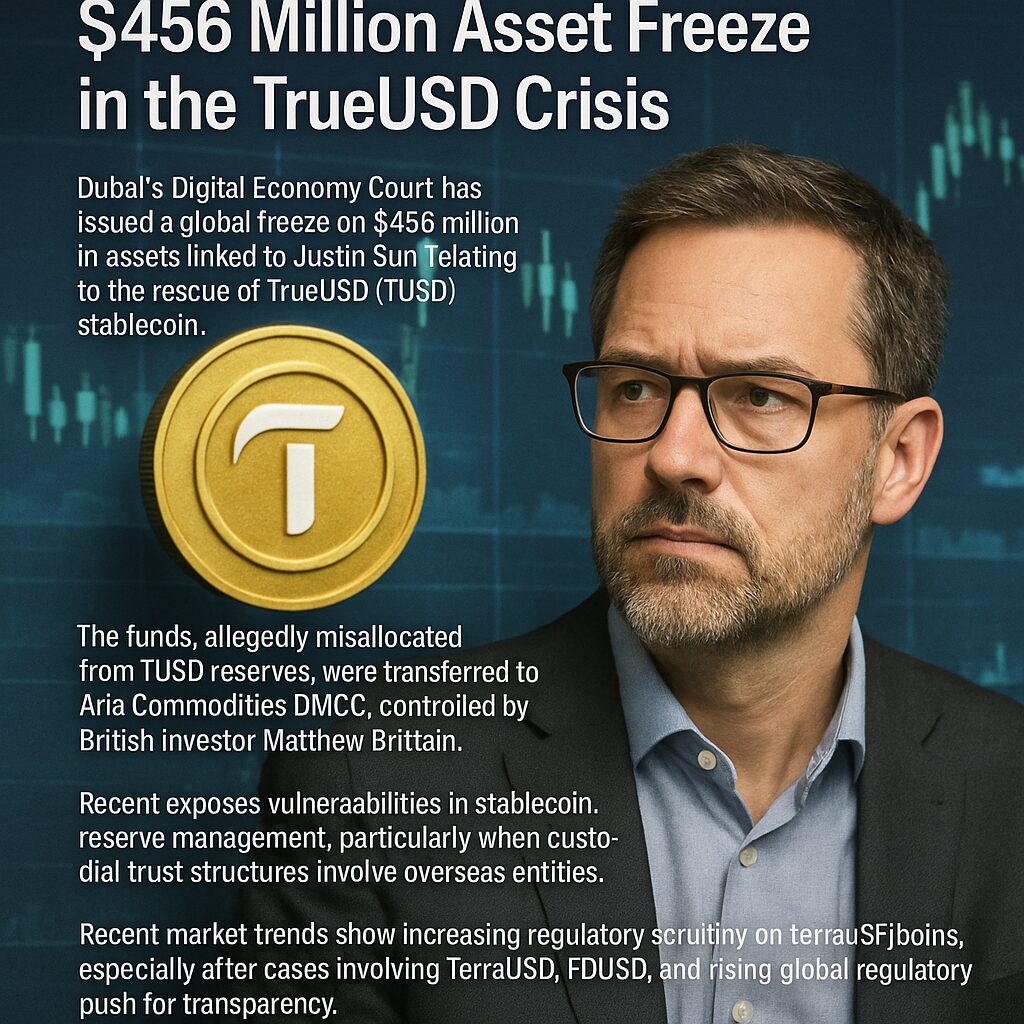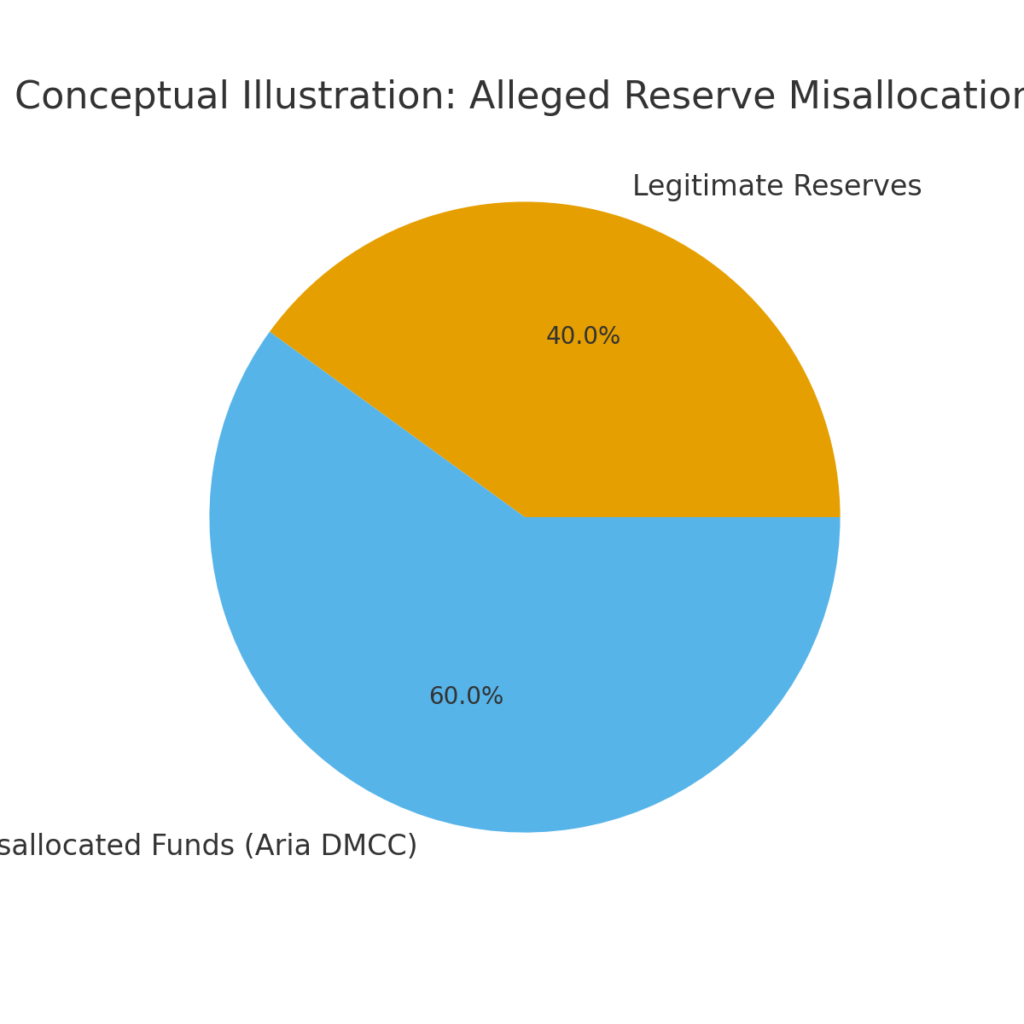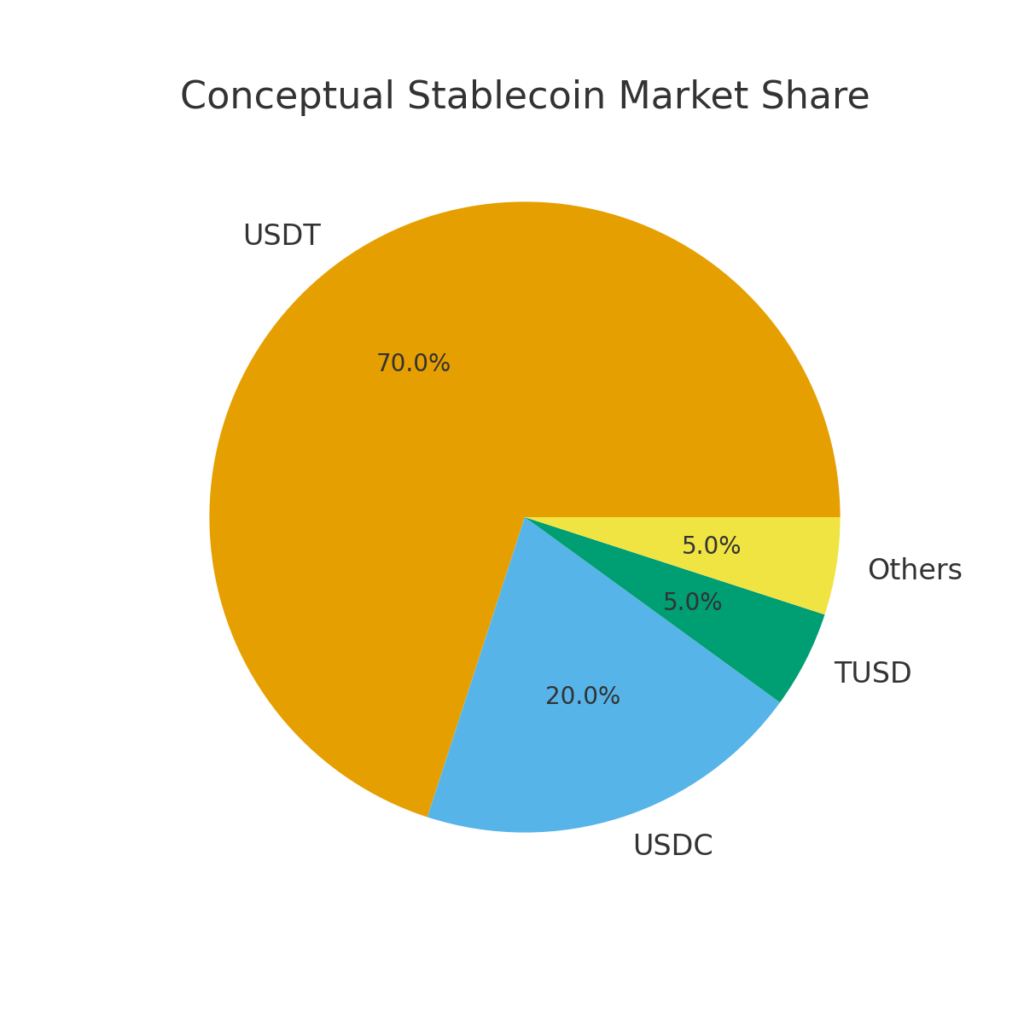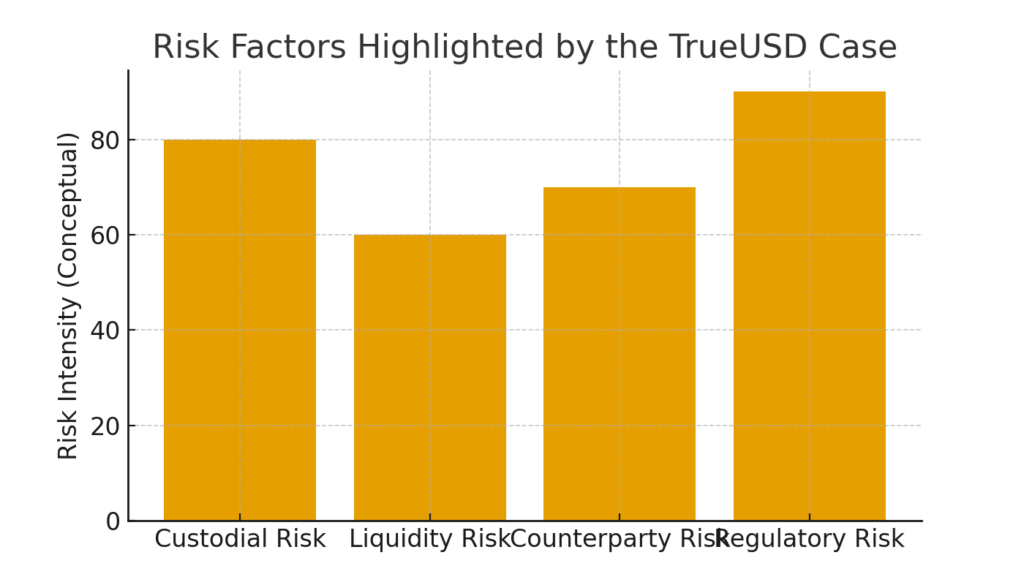
Main Points :
- Dubai’s Digital Economy Court has issued a global freeze on $456 million in assets linked to Justin Sun, relating to the rescue of the TrueUSD (TUSD) stablecoin.
- The funds, allegedly misallocated from TUSD reserves, were transferred to Aria Commodities DMCC, controlled by British investor Matthew Brittain.
- The case exposes vulnerabilities in stablecoin reserve management, particularly when custodial trust structures involve overseas entities.
- Recent market trends show increasing regulatory scrutiny on stablecoins, especially after cases involving TerraUSD, FDUSD, and the rising global regulatory push for transparency.
- This event may influence how investors evaluate new crypto assets, especially those tied to real-world assets or custodial structures.
- For traders and emerging-asset seekers, the TrueUSD case provides lessons in due diligence, liquidity risk, and counterparty exposure.
Introduction
The global cryptocurrency market continues to evolve rapidly, often shaped by dramatic legal and regulatory events. One such development unfolded recently when the Dubai Digital Economy Court ordered a worldwide freeze of $456 million in assets linked to Justin Sun. These funds were originally provided to support TrueUSD (TUSD)—a widely-used stablecoin—during a liquidity crisis.
This ruling is significant not only because of its scale, but because it highlights emerging risks in the stablecoin ecosystem: cross-border reserve management, opaque custodial arrangements, and liquidity mismatches that can cause systemic harm to token holders.
For investors seeking new crypto assets or sustainable revenue opportunities, understanding the TrueUSD incident is critical. It provides real-world insight into how stablecoins function behind the scenes and what risks may lurk beneath seemingly stable instruments.
Section 1 — Background: What Triggered the Asset Freeze?
The Dubai court ruling centers around the movement of TrueUSD’s reserves. According to the judgment, funds from TUSD’s reserve pool—managed through accounts overseen by Hong Kong-based First Digital Trust—were allegedly transferred to Aria Commodities DMCC, a Dubai-based trade financing company linked to Matthew Brittain.
These transfers occurred between 2021 and 2022 and allegedly violated the custodial conditions under which reserves were supposed to be maintained. When redemptions surged, TechTeryx—the entity behind TrueUSD—found that a large portion of reserves had been tied up in low-liquidity investments, such as commodity shipments and mining ventures.
When liquidity dried up, Justin Sun infused $456M to support the token’s stability. It is this very amount that is now subject to a global freeze.

Section 2 — Allegations Against Aria Commodities and Matthew Brittain
The core legal question is whether reserve funds were illegally or improperly transferred from TUSD’s custodial accounts to Aria Commodities.
Key Allegations Include:
- Funds were used for illiquid investments not suitable for a stablecoin backing mechanism.
- Transfers violated custodial restrictions requiring reserves to remain readily accessible for redemptions.
- Brittain-controlled entities allegedly reorganized assets to avoid future judgments.
- TechTeryx asserts that reserve capital meant for token stability was effectively converted into long-term loans, leaving token holders exposed during redemption spikes.
These accusations prompted Judge Michael Black KC to issue a global injunction, preventing the movement or concealment of relevant assets before full legal proceedings conclude.
Section 3 — Why the Dubai Ruling Matters for the Global Crypto Market
This ruling is the first worldwide asset freeze issued by the Dubai Digital Economy Court, marking a milestone in international crypto-related litigation.
Broader Implications
1. Stablecoin Transparency Pressure Intensifies
Regulators worldwide—U.S. Fed, EU’s MiCA regulators, MAS (Singapore)—have already tightened stablecoin reporting standards. The TUSD case adds fuel to the push for:
- Daily reserve attestations
- On-chain verifiable proof-of-reserves
- Clear separation between custodial accounts and issuer operations

2. Market Confidence in Non-Top-Tier Stablecoins Declines
After TerraUSD’s collapse, stablecoin investors became more cautious. Recent events include:
- FDUSD temporarily losing its dollar parity due to reserve transfer confusion.
- Several offshore stablecoins struggling to maintain bank partnerships.
- Rising dominance of USDT and USDC due to perceived regulatory safety.
TUSD’s incident may accelerate the consolidation of the stablecoin market toward compliant issuers.
3. Impact on New Crypto Assets
Investors now increasingly evaluate:
- Custodial structures
- Jurisdictional risks
- Reserve audit frequency
- Counterparty risk
Emerging assets built atop poorly audited ecosystems face heightened skepticism.
Section 4 — Recent Stablecoin and Regulatory Trends
To provide additional depth for readers actively exploring new crypto markets, here are relevant 2024–2025 developments:
1. MiCA Implementation in the EU
Europe now requires:
- Full reserve backing
- Strict segregation of customer assets
- Authorization for fiat-backed stablecoins
2. U.S. Push Toward Federal Stablecoin Legislation
Both the House and Senate have proposed bills mandating:
- Monthly reserve disclosures
- Banking-grade custody requirements
- Limits on algorithmic stablecoins
3. GCC Region (including UAE) Increasing Regulatory Activity
Dubai and Abu Dhabi continue to position themselves as major Web3 hubs, but enforcement actions like this case show a shift toward compliance-first governance.
4. Institutional Interest in Tokenized Assets
BlackRock, JPMorgan, and Franklin Templeton are expanding tokenization programs. However, institutional players strongly prefer high-audit, low-risk stablecoins, making incidents like TrueUSD a cautionary lesson.

Section 5 — Lessons for Crypto Traders and Asset Seekers

1. Stablecoins Are Not Risk-Free
Even fully collateralized stablecoins can face:
- Custodial leakage
- Mismanagement
- Insolvency chains
- Global liquidity mismatch
2. Jurisdiction Matters
Assets held across Hong Kong, Dubai, BVI, and offshore trust structures can create legal uncertainty.
3. Importance of Liquidity and Redemption Backstops
The key metric for stablecoins should not only be:
- “Is it pegged?”
but also: - “How quickly can reserves be redeemed?”
- “Are funds kept in high-liquidity instruments?”
4. Evaluating New Tokens
For readers searching for:
- new crypto assets
- early-stage investment opportunities
- blockchain-based revenue channels
this case stresses the importance of:
- on-chain transparency
- governance clarity
- regulatory posture
Projects with clean audits, high-liquidity reserve management, and multi-jurisdiction compliance will outperform in 2026 and beyond.
Conclusion
The Dubai asset freeze involving Justin Sun and TrueUSD is a defining moment in the evolution of stablecoin governance. It highlights systemic vulnerabilities in cross-border custodial structures and underscores the growing sophistication of global crypto enforcement mechanisms.
For investors exploring new crypto assets and revenue opportunities, the lesson is clear:
Due diligence must go beyond whitepapers and tokenomics—examining legal, custodial, and operational structures is now essential.
The future of crypto lies not only in innovation, but in transparency, governance, and regulatory alignment. The TrueUSD case is a critical reminder of what happens when those elements break down.

